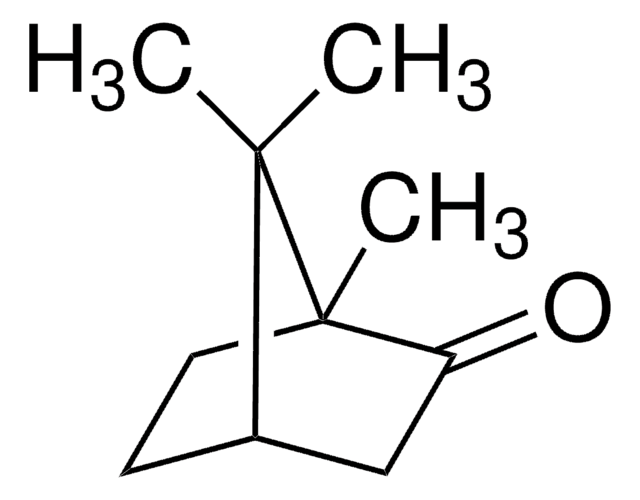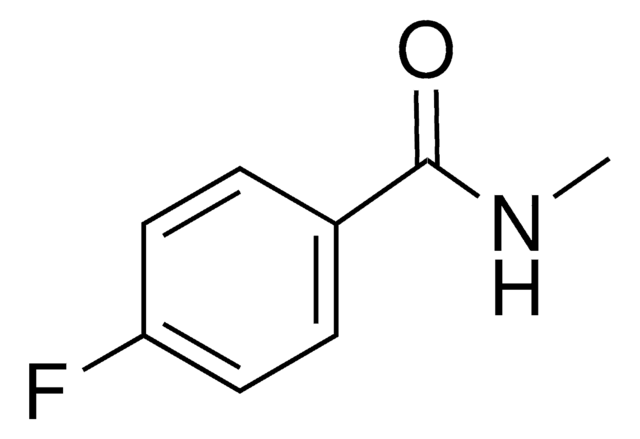W372102
2,4-Octadienal, predominantly trans,trans
≥95%, FG
About This Item
Productos recomendados
origen biológico
synthetic
grado
FG
Kosher
cumplimiento norm.
EU Regulation 1334/2008 & 178/2002
Ensayo
≥95%
composición
trans,trans isomer, ≥85%
índice de refracción
n20/D 1.526 (lit.)
bp
88 °C/10 mmHg (lit.)
densidad
0.875 g/mL at 25 °C (lit.)
aplicaciones
flavors and fragrances
Documentación
see Safety & Documentation for available documents
alérgeno alimentario
no known allergens
Organoléptico
fatty; green; melon
temp. de almacenamiento
2-8°C
cadena SMILES
CCC\C=C\C=C\C=O
InChI
1S/C8H12O/c1-2-3-4-5-6-7-8-9/h4-8H,2-3H2,1H3/b5-4+,7-6+
Clave InChI
DVVATNQISMINCX-YTXTXJHMSA-N
Palabra de señalización
Warning
Frases de peligro
Consejos de prudencia
Clasificaciones de peligro
Skin Irrit. 2
Código de clase de almacenamiento
10 - Combustible liquids
Clase de riesgo para el agua (WGK)
WGK 3
Punto de inflamabilidad (°F)
174.2 °F - closed cup
Punto de inflamabilidad (°C)
79 °C - closed cup
Elija entre una de las versiones más recientes:
¿Ya tiene este producto?
Encuentre la documentación para los productos que ha comprado recientemente en la Biblioteca de documentos.
Nuestro equipo de científicos tiene experiencia en todas las áreas de investigación: Ciencias de la vida, Ciencia de los materiales, Síntesis química, Cromatografía, Analítica y muchas otras.
Póngase en contacto con el Servicio técnico


![(S)[(Sp)-2-(Diphenylphosphino)ferrocenyl]-4-isopropyloxazoline 97%](/deepweb/assets/sigmaaldrich/product/structures/265/471/6ec7300c-126b-4e22-9b5b-12634da58dbd/640/6ec7300c-126b-4e22-9b5b-12634da58dbd.png)






